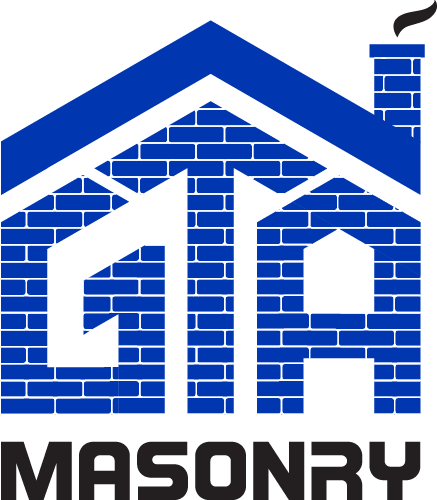Keep Your Landscaping Below the Brick Line: Why Grade Matters More Than You Think
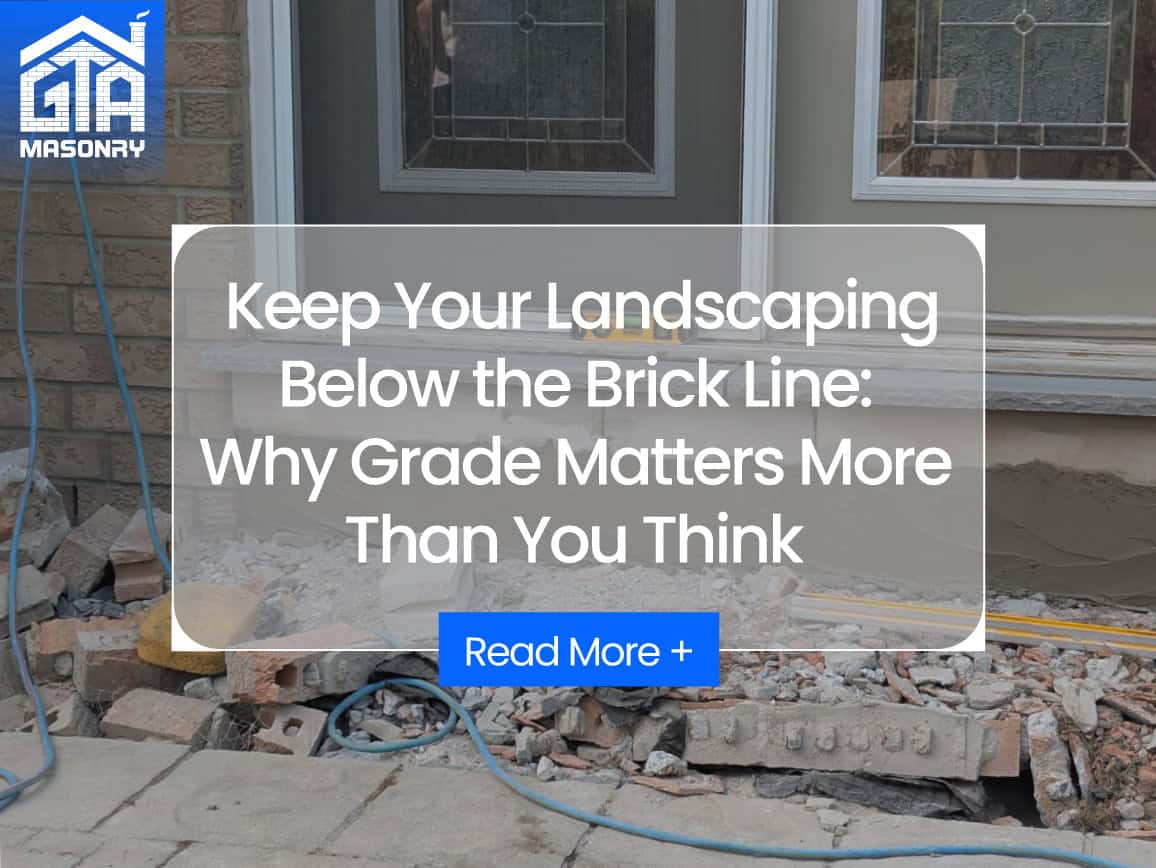
That immaculate garden bed stacked with fresh mulch may look picture-perfect, but if the soil level creeps too high against your brick veneer it can quietly set the stage for damp basements, crumbling mortar, and costly structural repairs. In the Greater Toronto Area we battle generous rainfall, freeze-thaw cycles, and wind-driven snow—conditions that punish masonry whenever moisture has a path into the wall. Understanding the “brick line” and keeping landscaping safely below it is one of the simplest, most affordable ways homeowners can protect their investment.
What Is the Brick Line?
The brick line—sometimes called the grade beam line—is the horizontal course of brick that sits just above your home’s concrete or block foundation. Between this line and the foundation lie critical details: flashing membranes, damp-proof coatings, and weep holes that let trapped moisture drain out. When soil, decorative stone, mulch, or planters bury the brick line, these components are blocked or overwhelmed, allowing water to seep inward.
Six Hidden Dangers of High Landscaping
- Capillary Moisture Wicking
Water is drawn upward through mortar pores, rewetting the wall long after rainfall stops. Repetitive wet-dry cycling degrades lime and cement binders, leading to premature mortar erosion. - Freeze-Thaw Spalling
When saturated bricks freeze, the water inside expands and pops the outer faces (spalling), leaving pitted surfaces that invite even more moisture. - Blocked Weep Holes
Weep holes at the base of veneer walls relieve incidental moisture. Cover them with soil and you create a perfect cavity for mold, wood rot, and even carpenter ants. - Efflorescence & Staining
Dissolved mineral salts migrate to the surface, leaving chalk-white streaks that are difficult to clean and signal deeper moisture issues. - Foundation Wall Deterioration
Constant dampness accelerates surface flaking on poured concrete or block foundations, undermining structural capacity over time. - Pest Access
Termites and rodents exploit buried siding to reach wooden framing members undetected, creating hidden damage well above ground level.
Recognising Early Warning Signs
- Discoloured or powdery bricks within the first three courses.
- Cracking or bulging mortar joints near grade.
- Soft, crumbling parging coats or visible voids in foundation walls.
- Musty odours or damp spots on interior basement walls.
- Insects emerging from gaps between bricks and landscaping.
Best Practices for Safe Landscape Grading
Building codes and masonry standards recommend maintaining 150–200 mm (6–8 inches) of clearance between finished grade and the bottom of your brick. Follow these field-tested guidelines:
- Maintain Positive Slope: Grade soil away from the foundation at a minimum of 2 % (≈ ¼ inch per foot) for the first 6 feet.
- Use Raised Garden Borders: Contain soil with stone or metal edging so it cannot wash up against the wall during heavy rain.
- Choose Inorganic Ground Cover: River rock or pea gravel sheds water and will not decompose or accumulate like wood mulch.
- Inspect Annually: Spring thaw is the perfect time to rake back built-up mulch, top up low spots, and confirm weep holes remain open.
- Install Splash Guards: Direct downspouts into solid PVC drains that discharge at least 6 feet from the house; avoid flexible corrugated pipe that can clog and back-flood the wall.
Protective Upgrades for Existing Homes
If your foundation wall sits too close to grade or shows signs of surface wear, consider adding foundation parging. A professionally applied cement-based coat seals small cracks, improves water run-off, and offers an attractive finish that blends with landscaping elements.
Drainage Channel Systems
Where lowering grade is impractical—such as beside a driveway or patio—install an open French drain or slim trench grate parallel to the wall. These intercept runoff and funnel it away without submerging brick courses.
Re-Establishing Clearance
The safest fix is simply digging. Remove excess soil and mulch until the full height of foundation is exposed. Brush clean, check parging, and patch any deteriorated areas before backfilling with free-draining gravel.
When Damage Has Already Occurred
Spalled faces, missing mortar, or bowed veneer demand immediate attention. GTA Masonry’s brick repair services team can assess structural integrity, repoint or replace damaged units, and install proper flashing details to keep future moisture at bay.
DIY Maintenance Checklist
Give your home a quick “brick line audit” twice a year.
- Verify grade clearance at all sides—including behind shrubs and AC units.
- Clear vegetation touching the wall; vines trap moisture and mask deterioration.
- Flush weep holes with a garden hose to confirm they drain freely.
- Remove any wooden edging or planter boxes nailed directly into the veneer.
- Photograph suspect areas to track changes over time.
Frequently Asked Questions
Is it OK for mulch to touch my brick?
No. Organic mulch retains water against the wall and gradually decomposes into soil, eliminating clearance. Keep at least a palm-width gap.
Can I apply a waterproof paint to solve the issue?
Surface coatings may trap moisture inside the brick, worsening deterioration. Address grading first; sealers are a secondary, temporary measure.
How do I maintain clearance on a sloped lot?
Install stepped retaining edges or create terraced planting beds that drop away from the wall in stages, preserving the 6–8-inch gap at each step.
Conclusion: Small Adjustments, Big Protection
Keeping landscaping below the brick line is not just an aesthetic guideline—it is one of the most effective, low-cost strategies for preserving masonry, preventing foundation leaks, and safeguarding indoor air quality. Regular inspections and thoughtful grading will save thousands in future repairs. If you spot warning signs or simply want peace of mind, reach out to GTA Masonry. Our specialists combine decades of field experience with science-based solutions to ensure your brickwork remains strong, dry, and beautiful for generations.
Get your Masonry Project completed with GTA Masonry for dreamy results you wont be able to stop admiring.

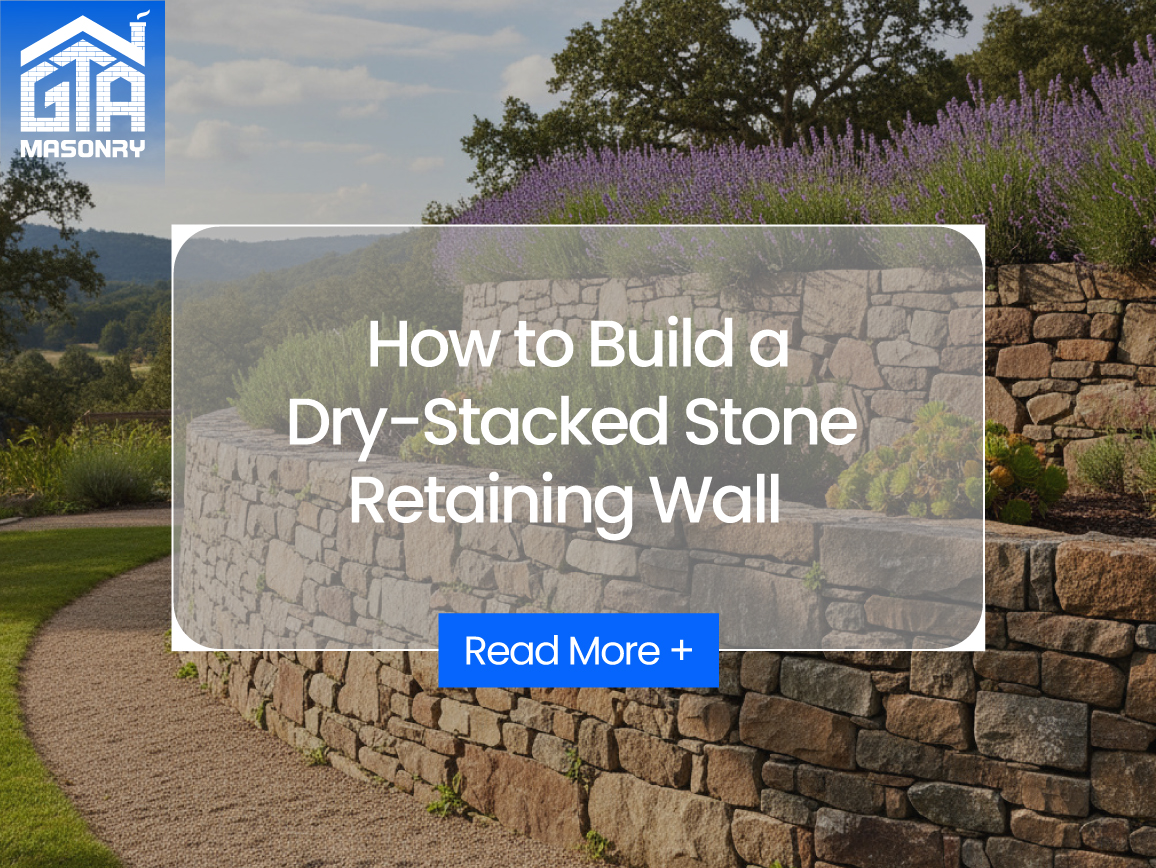


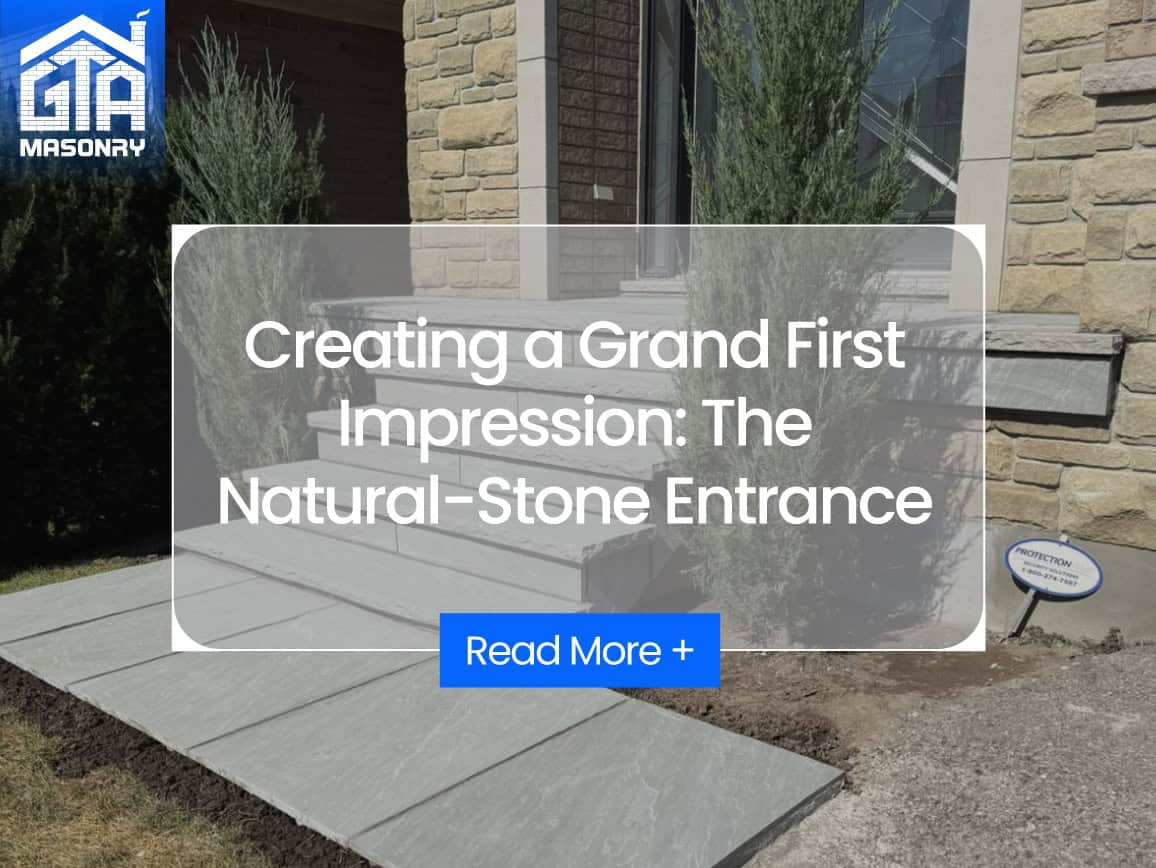

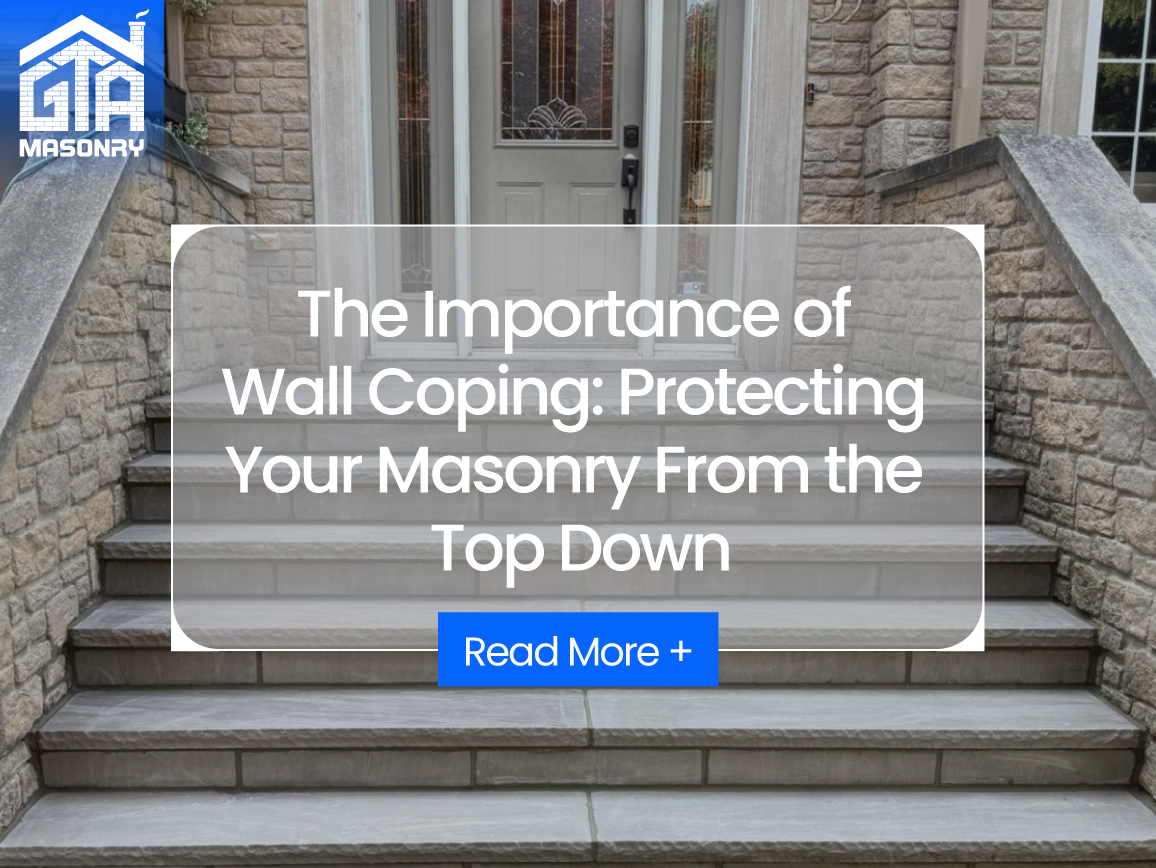
Hours of Operation
Monday - Sunday
8:00 AM - 8:00 PM
